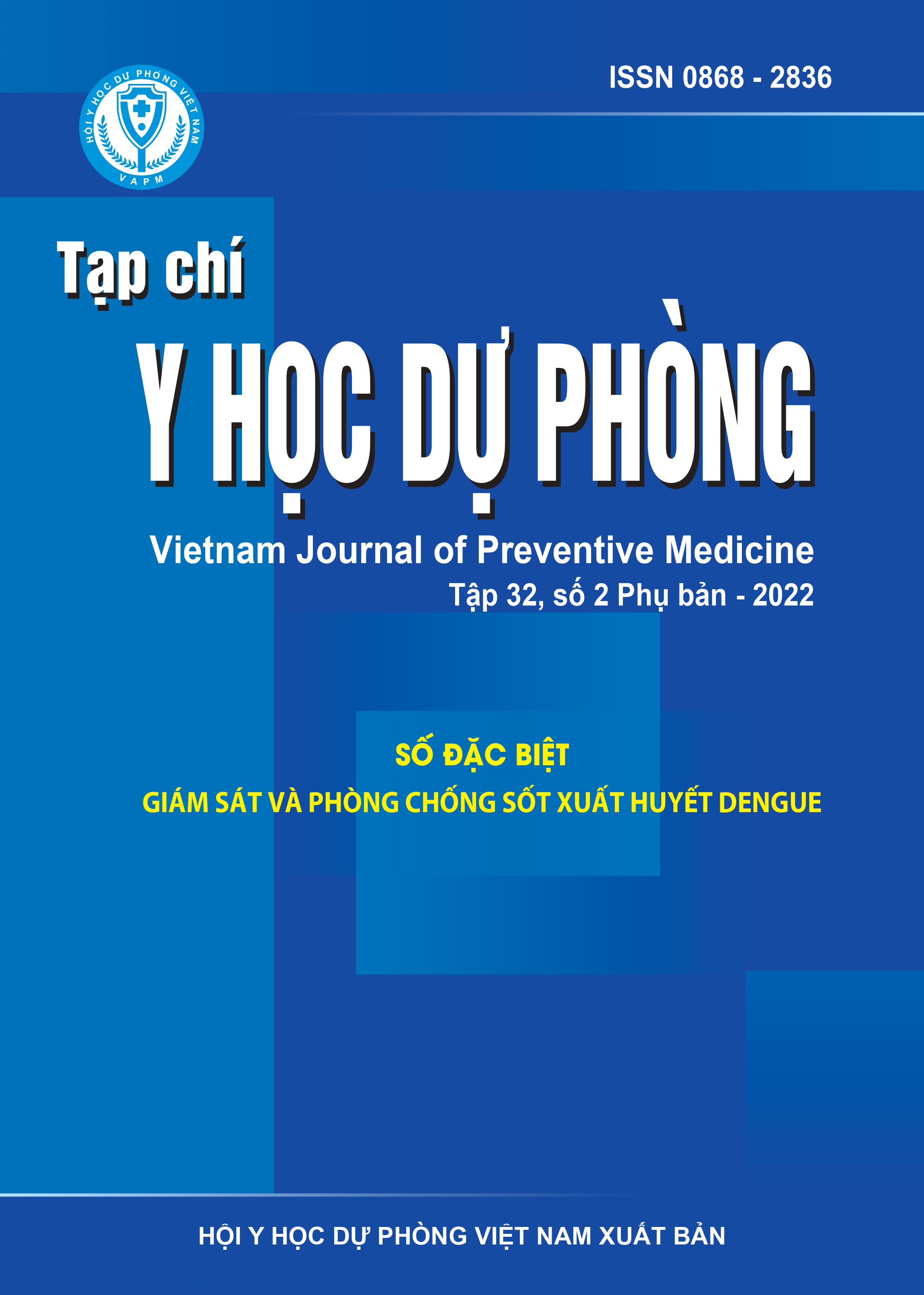Epidemiological characteristics of dengue fever in the North of Vietnam from 1998 to 2020
DOI:
https://doi.org/10.51403/0868-2836/2022/604Keywords:
Dengue hemorrhagic fever, epidemiology, North VietnamAbstract
Surveillance of dengue hemorrhagic fever (DHF) is a routine task that is very important in epidemiology in order to assess the epidemic situation as well as help experts devise timely and effective epidemic prevention strategies. Using descriptive epidemiological research methods, retrospective data of the regular surveillance system in the North, Vietnam in the period 1998 - 2020 to describe the epidemiological characteristics of dengue fever. The results show that: Dengue is an infectious disease circulating in the North, Vietnam. In the period from 1998 to 2020 in the North of Vietnam, an average of 8,683 cases were recorded each year, of which only 1.5 deaths. 2017 had the highest number of cases in the history of the surveillance system with 55,531 cases, 7 deaths. The number of cases and deaths due to dengue is mainly in the Red River Delta region (accounting for 72.6% of cases in the whole region). The most affected age group is adults > 15 years old. The number of dengue cases is increasing year by year and with a cycle of about 10 years, there is an increase in the number of cases every year. The number of dengue cases increased in June to November but still appeared sporadically in all months of the year.
Downloads
Downloads
Published
How to Cite
Issue
Section
License
Publication License No 150/GP-BTTTT signed on May 8, 2014;
Electronic Publication License No 322/GP-BTTTT signed on June 15, 2016.


